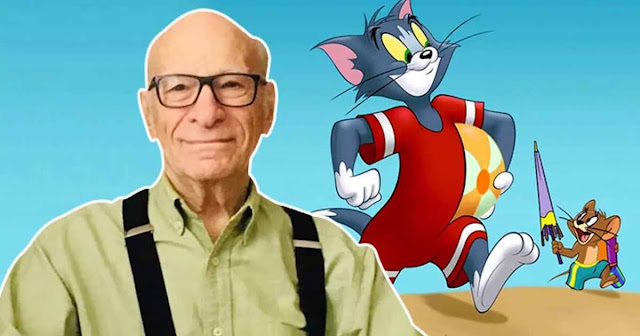Anime, a vibrant and diverse form of animation originating from Japan, has captivated audiences worldwide with its unique artistry, storytelling, and cultural impact. While often associated with genres like sci-fi, fantasy, and slice of life, the roots of anime trace back to various influences, including Western animation. Among these influences, "Tom and Jerry," an iconic American animated series, holds a significant place in the history of anime, contributing to its evolution and inspiring generations of creators.
Early Years of Anime: The emergence of anime can be traced to the early 20th century when Japanese animators began experimenting with animation techniques influenced by Western animation, primarily from the United States. In the 1920s and 1930s, pioneers like Oten Shimokawa and Kenzō Masaoka laid the groundwork for what would later become known as anime. However, it was not until after World War II that anime started to gain widespread popularity, driven by technological advancements and a growing interest in animation as a form of entertainment.
The Influence of "Tom and Jerry": One of the most influential Western animated series on the development of anime is "Tom and Jerry," created by William Hanna and Joseph Barbera. Premiering in 1940, "Tom and Jerry" quickly became a cultural phenomenon, known for its slapstick humor, dynamic animation, and timeless appeal. The series follows the comedic antics of Tom, a cat, and Jerry, a mouse, as they engage in a perpetual game of cat and mouse.
"Tom and Jerry" left a lasting impression on Japanese animators, who were inspired by its animation techniques, character designs, and storytelling elements. The fast-paced action, exaggerated expressions, and physical comedy of "Tom and Jerry" resonated with audiences around the world, including Japan, where it influenced the development of anime during the post-war era.
Evolution of Anime: During the 1950s and 1960s, Japanese animators began experimenting with different animation styles and genres, drawing inspiration from both Western animation and traditional Japanese art forms. Shows like "Astro Boy" (1963) and "Speed Racer" (1967) showcased the growing influence of Western animation on Japanese anime, incorporating elements of action, adventure, and humor.
As anime continued to evolve, it began to develop its own distinct identity, characterized by diverse art styles, complex narratives, and cultural themes. While the influence of Western animation, including "Tom and Jerry," remained evident, anime gradually emerged as a unique form of expression, reflecting the rich cultural heritage and creative vision of its creators.
Legacy of "Tom and Jerry" in Anime: The legacy of "Tom and Jerry" in anime is undeniable, with its influence evident in countless anime series and films over the decades. From character dynamics and visual gags to narrative structure and comedic timing, elements of "Tom and Jerry" can be found woven into the fabric of anime history.
Even today, "Tom and Jerry" continues to inspire anime creators and audiences alike, serving as a reminder of the enduring power of animation to entertain, inspire, and connect people across cultures and generations. As anime continues to evolve and expand its global reach, the legacy of "Tom and Jerry" remains an integral part of its vibrant tapestry, a testament to the enduring influence of one of animation's most beloved classics.
In tracing the history of anime, it becomes clear that "Tom and Jerry" played a significant role in shaping the medium and inspiring generations of creators. From its humble beginnings in the early days of animation to its enduring legacy in the world of anime, "Tom and Jerry" continues to be celebrated as a timeless classic, cherished by audiences of all ages. As anime continues to thrive and evolve, the influence of "Tom and Jerry" serves as a reminder of the enduring power of animation to entertain, inspire, and unite people around the world.

